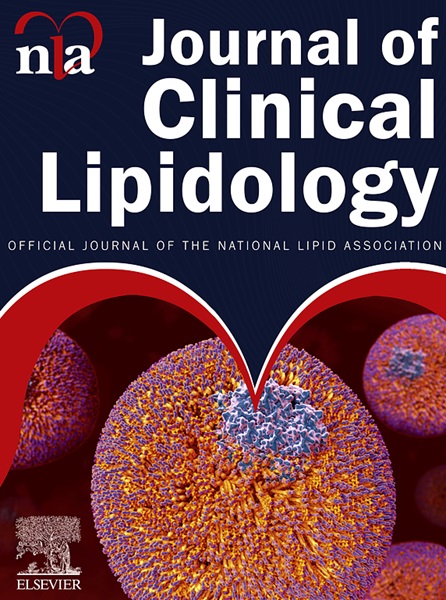Hypertension in youth with metabolic syndrome
IF 4.6
3区 医学
Q2 PHARMACOLOGY & PHARMACY
引用次数: 0
Abstract
BACKGROUND
Hypertension continues to increase in its prevalence in children and adolescents globally. This evolving health issue has been associated with the concurrent world-wide rise in childhood obesity.
SOURCES OF MATERIAL
In this review, we aim to improve the awareness of hypertension in youth with metabolic syndrome (MetS) highlighting key published data. This review examines the interplay between MetS and hypertension during childhood and adolescence, covering its epidemiology, pathophysiology, screening, diagnosis, and potential management strategies.
ABSTRACT OF FINDINGS
Hypertension and obesity are integral features of MetS, which describes a clustering of metabolic risk factors hallmarked by insulin resistance that significantly increases the risk of cardiovascular disease in adulthood. Children at risk of developing hypertension and MetS share many modifiable and non-modifiable risk factors, which are derived from common pathophysiological mechanisms. Identifying at-risk individuals through targeted screening is crucial, given their long-term adverse cardiovascular outcomes in young adulthood.
CONCLUSION
Management of hypertension and MetS requires a stepwise, multidisciplinary approach, central to which is the recognition that adoption of healthy lifestyle intervention over the lifespan is key to prevention, with consideration for pharmacotherapy and other medical interventions as indicated.
青年高血压伴代谢综合征
背景:高血压在全球儿童和青少年中的患病率持续上升。这一不断演变的健康问题与世界范围内儿童肥胖的同时增加有关。在这篇综述中,我们的目的是提高对代谢综合征(MetS)青年高血压的认识,重点介绍已发表的关键数据。本文综述了儿童和青少年时期met与高血压之间的相互作用,包括其流行病学、病理生理学、筛查、诊断和潜在的管理策略。研究发现:高血压和肥胖是代谢代谢综合征的整体特征,代谢代谢综合征描述了一系列以胰岛素抵抗为特征的代谢危险因素,显著增加了成年期心血管疾病的风险。患有高血压和MetS风险的儿童具有许多可改变和不可改变的危险因素,这些危险因素源于共同的病理生理机制。考虑到高危人群在青年期的长期心血管不良后果,通过有针对性的筛查来识别他们是至关重要的。结论:高血压和MetS的治疗需要循序渐进的多学科方法,其中的核心是认识到在整个生命周期中采用健康的生活方式干预是预防的关键,同时考虑药物治疗和其他医学干预。
本文章由计算机程序翻译,如有差异,请以英文原文为准。
求助全文
约1分钟内获得全文
求助全文
来源期刊
CiteScore
7.00
自引率
6.80%
发文量
209
审稿时长
49 days
期刊介绍:
Because the scope of clinical lipidology is broad, the topics addressed by the Journal are equally diverse. Typical articles explore lipidology as it is practiced in the treatment setting, recent developments in pharmacological research, reports of treatment and trials, case studies, the impact of lifestyle modification, and similar academic material of interest to the practitioner.
Sections of Journal of clinical lipidology will address pioneering studies and the clinicians who conduct them, case studies, ethical standards and conduct, professional guidance such as ATP and NCEP, editorial commentary, letters from readers, National Lipid Association (NLA) news and upcoming event information, as well as abstracts from the NLA annual scientific sessions and the scientific forums held by its chapters, when appropriate.

 求助内容:
求助内容: 应助结果提醒方式:
应助结果提醒方式:


